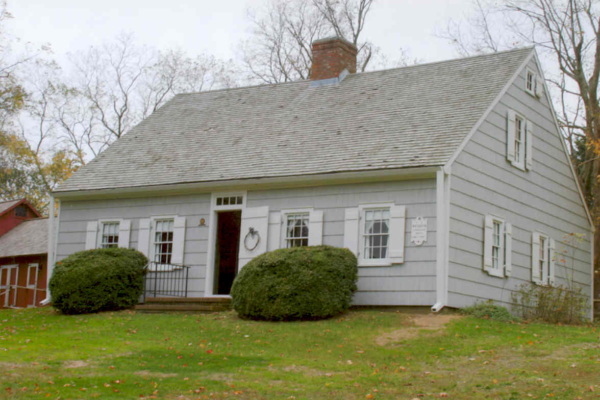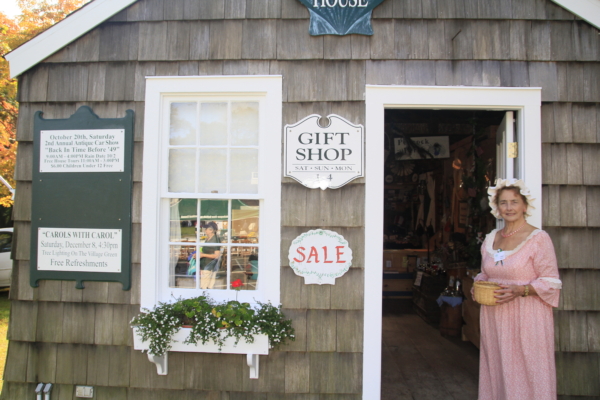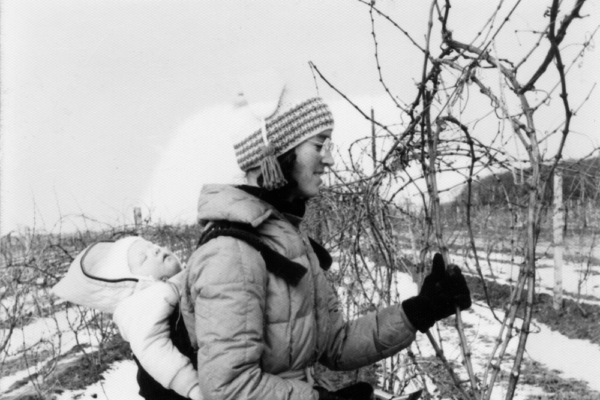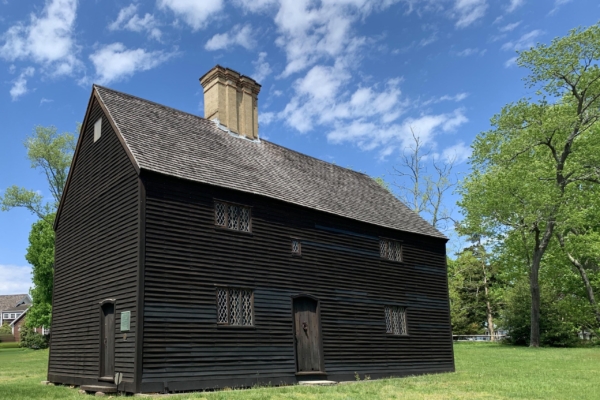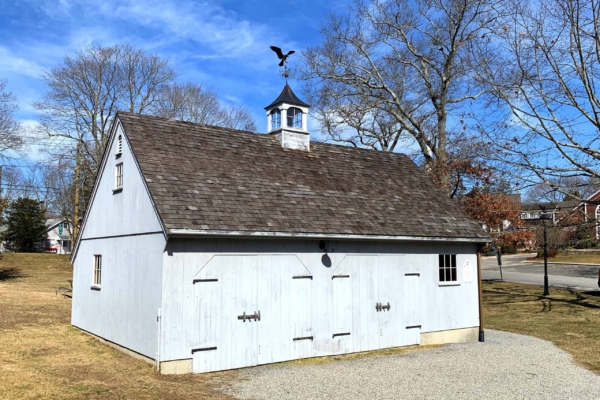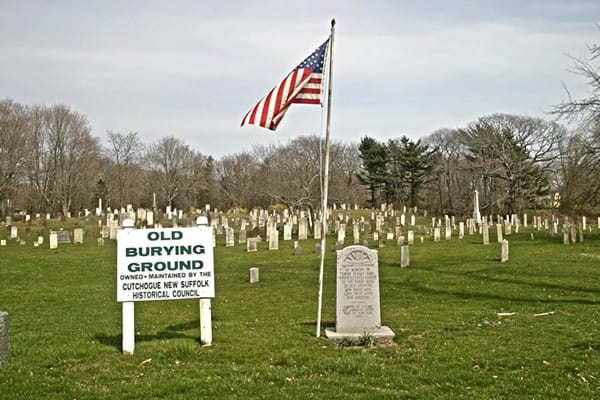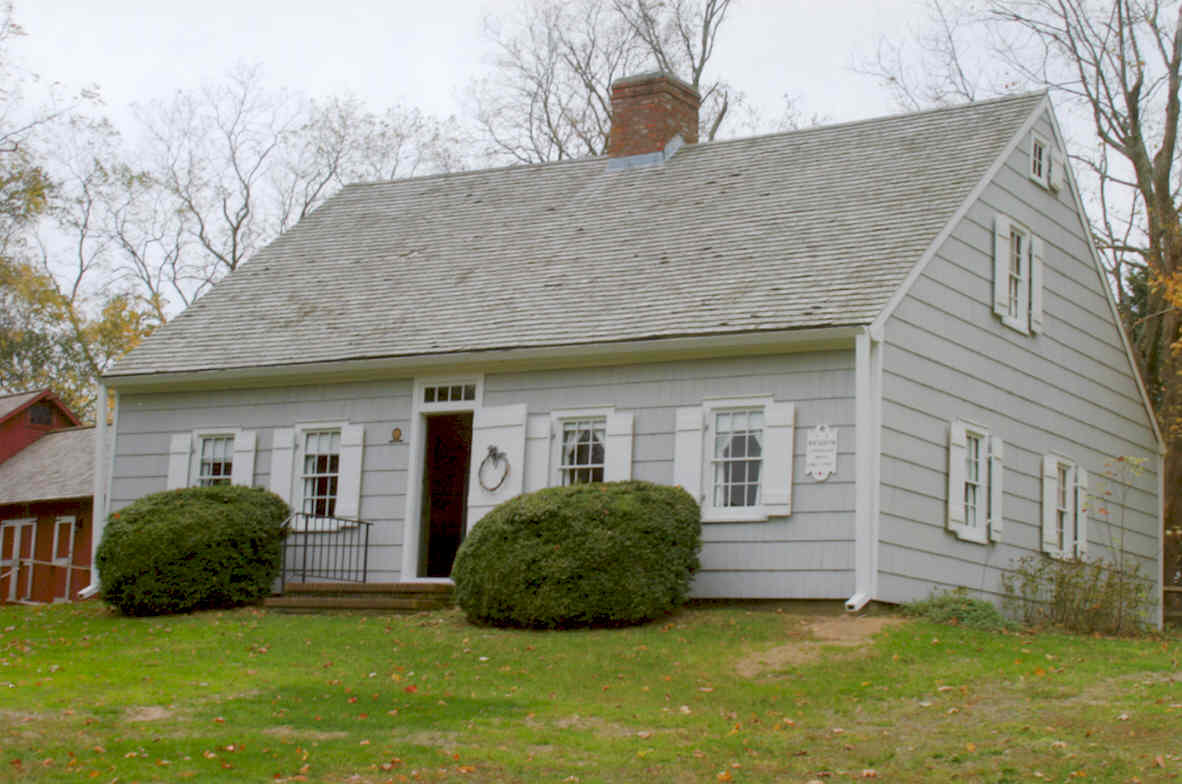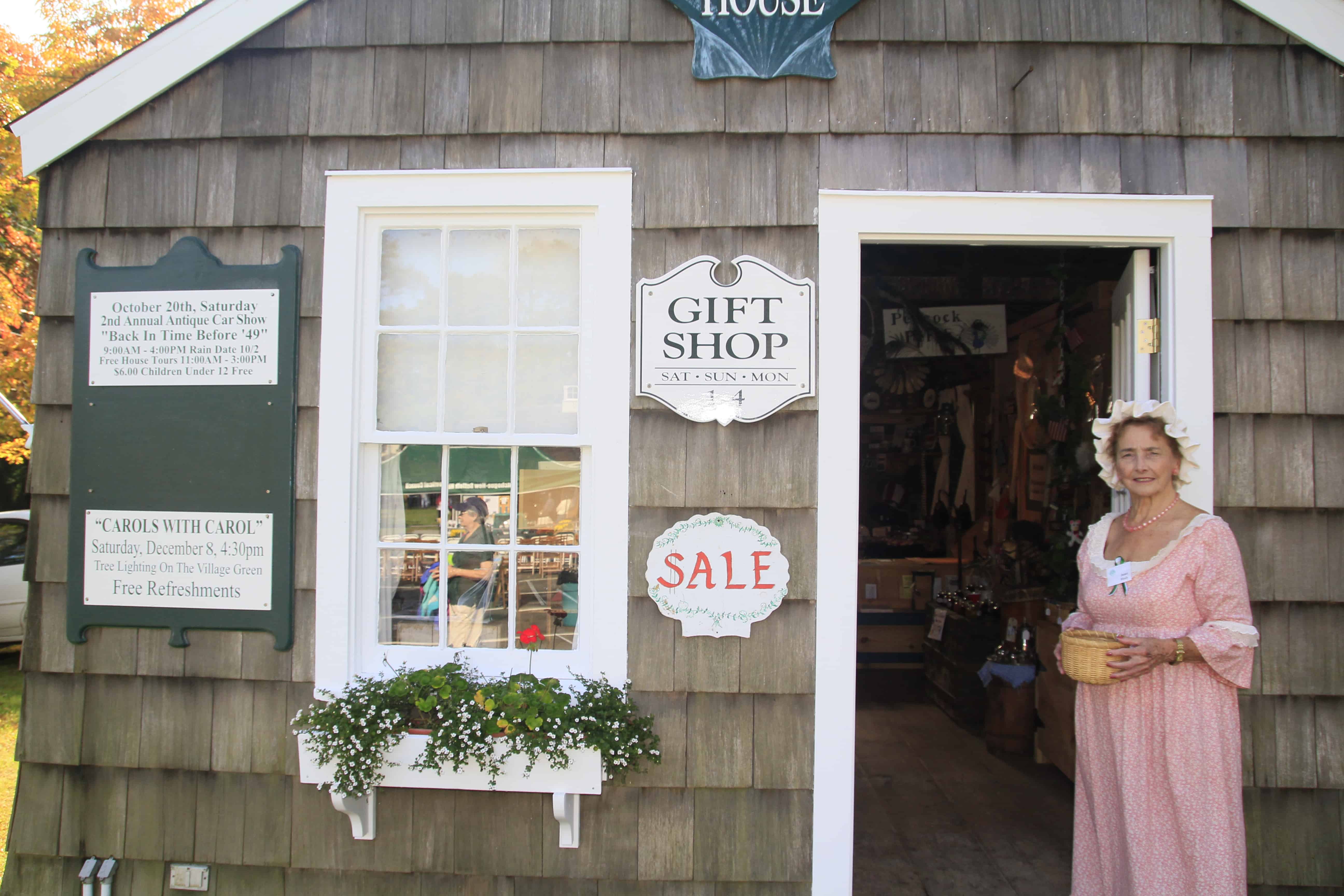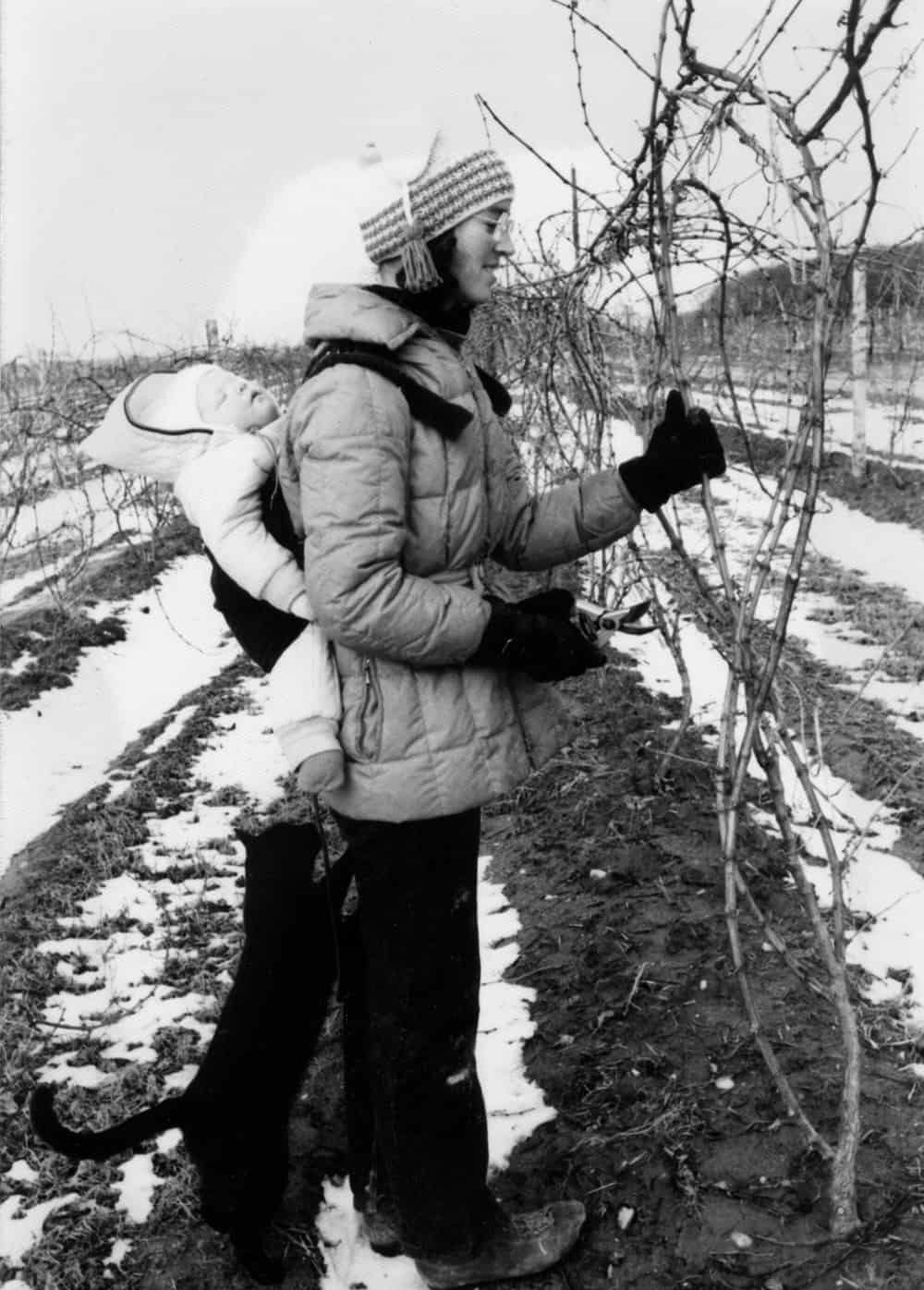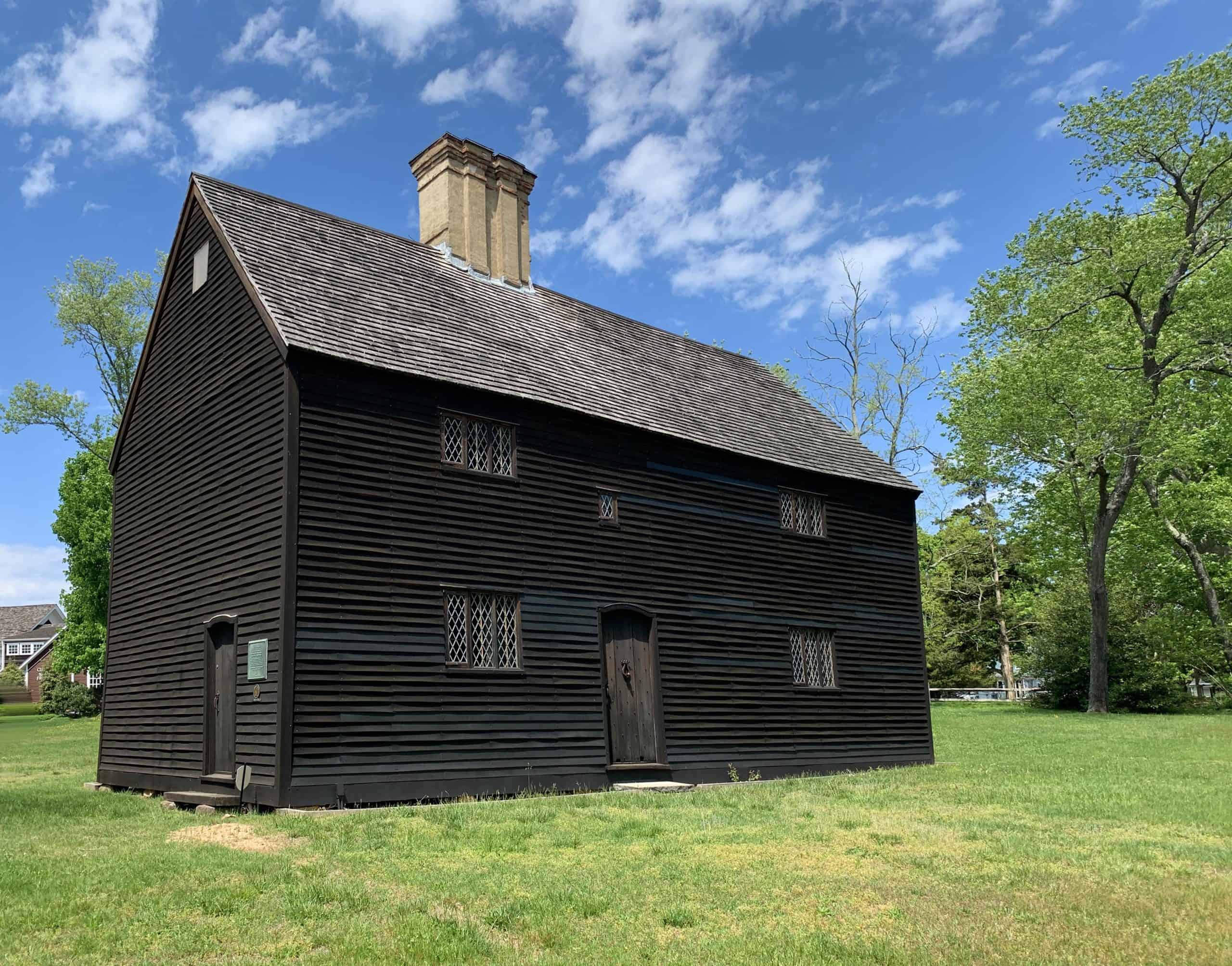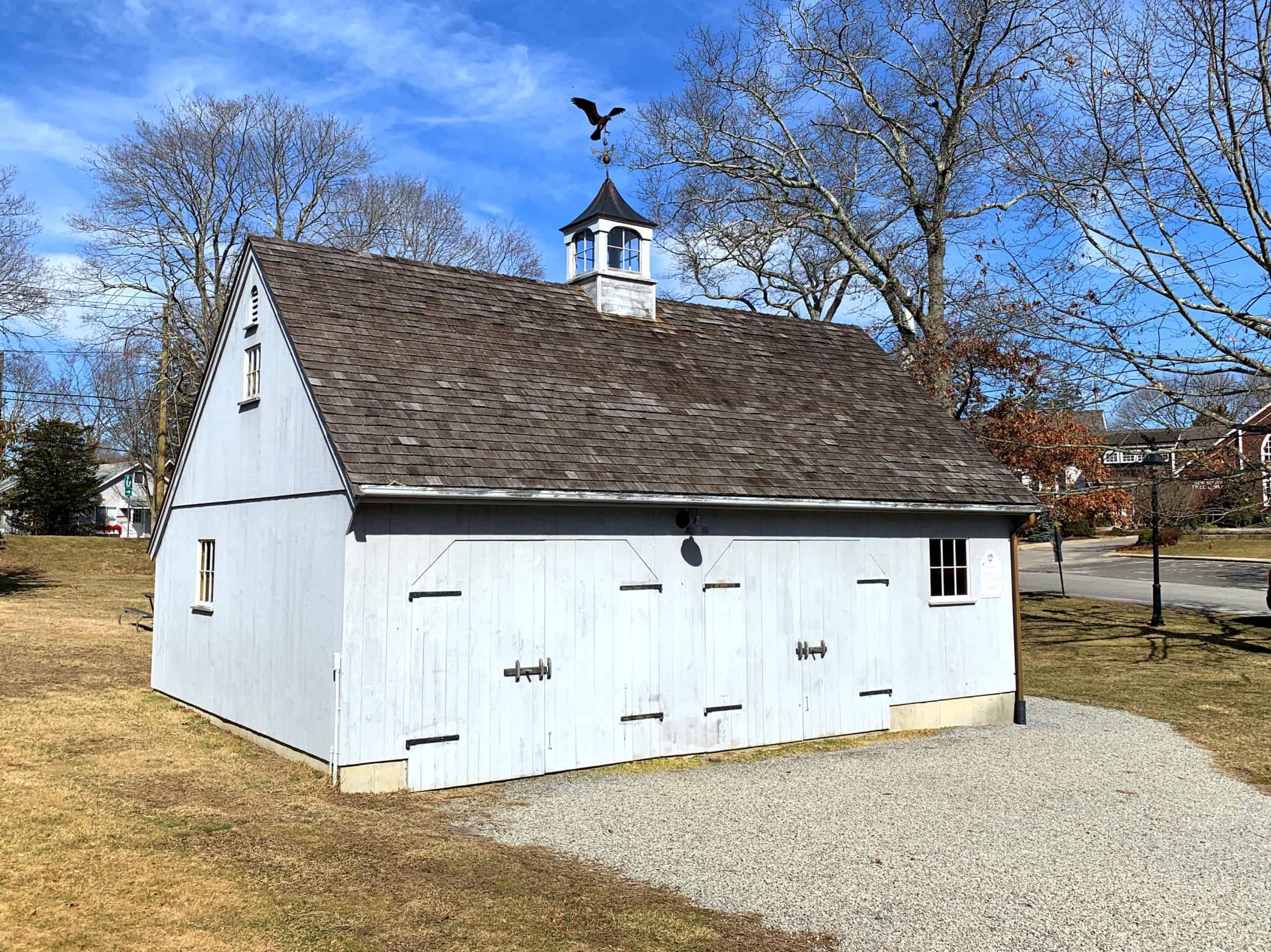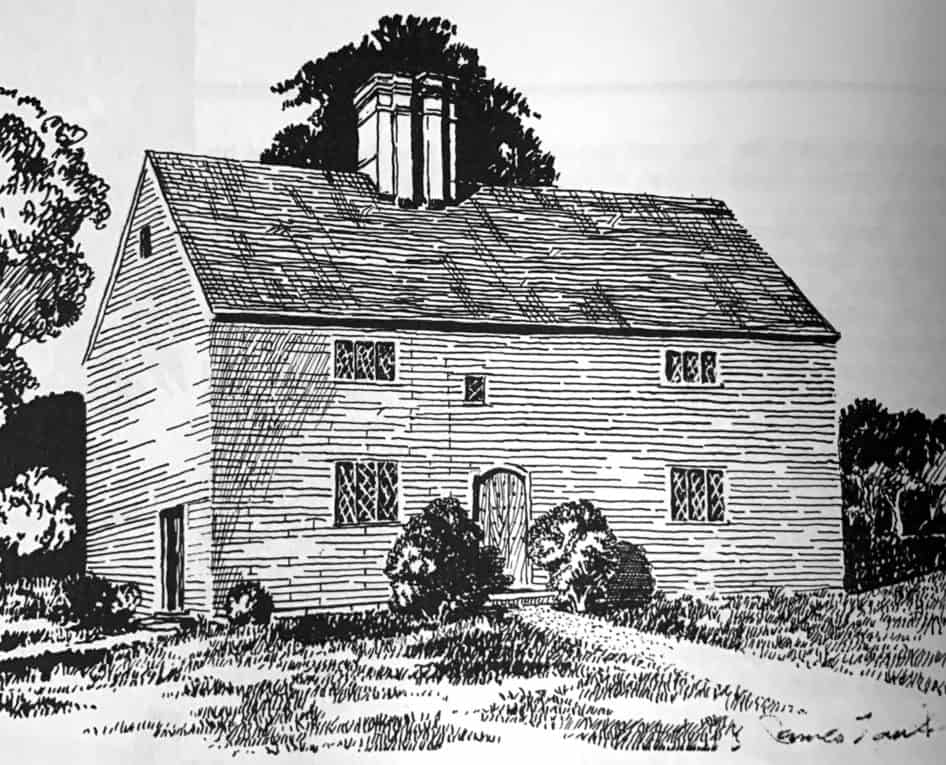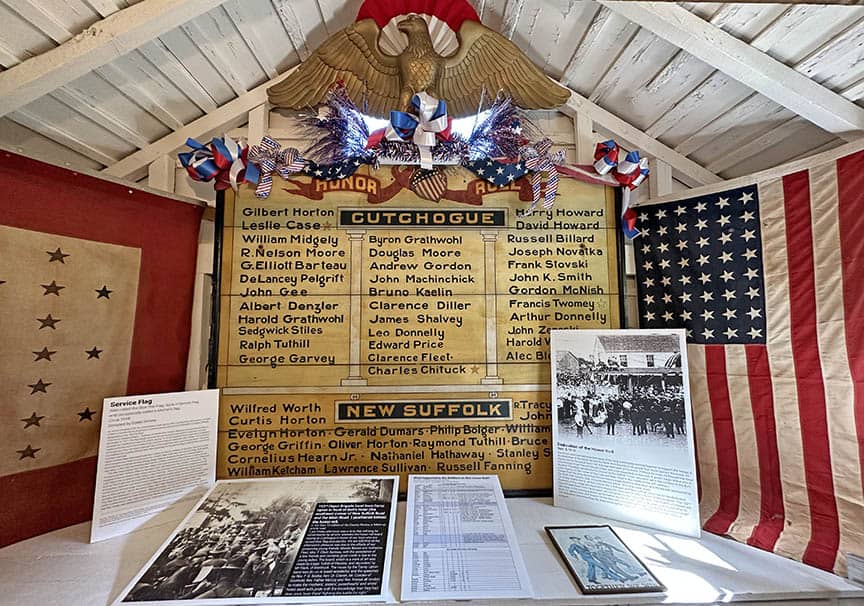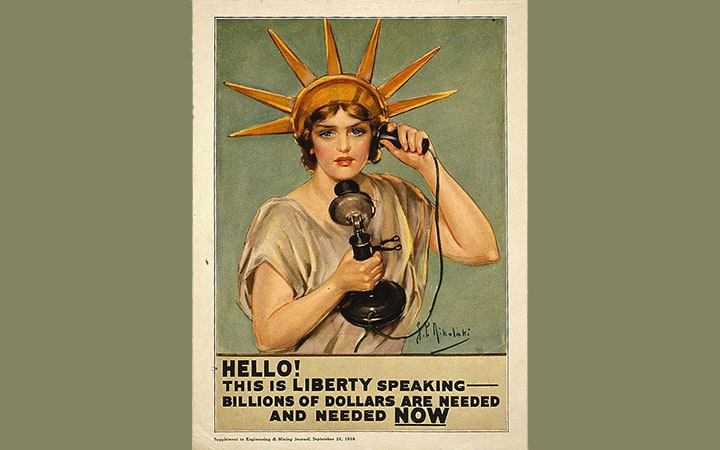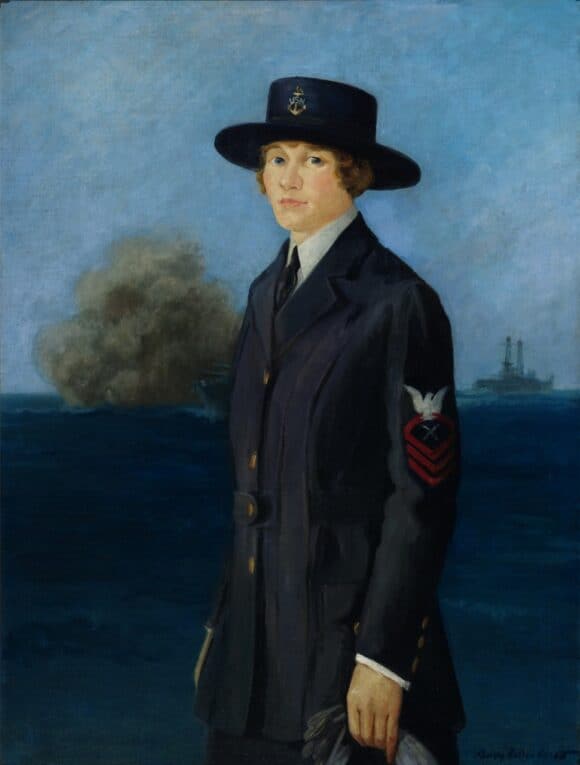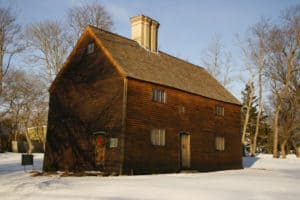The Old House has been called the finest example of English domestic origin in the nation. Its design combines the best architectural features of 17th-century dwellings, Visible on the exterior is the distinctive chimney with its cluster of flues that give it an unusual, post-medieval appearance. The casement windows with their diamond-shaped window panes or “quarrels” are faithful reproductions of ones found in the house, and the hand-riven oak clapboards are also based on original evidence. Inside, the colossal fireplace openings and smoke channels are among the most characteristic elements of its early construction period. The “summer beam” that bi-sects the ceiling in the great parlor is a distinctive feature of the era as well, as are the over-scaled chimney girts that stretch across each fireplace. This structural framing, which includes vertical posts, diagonal braces that “fall” or “rise” at each room corner, and a variety of smaller studs, floor joists and rafters comprise a house frame that survives virtually as-built since the 17th century. Designated a National Historic Landmark in 1961, The Old House remains an icon and source of pride for Southold Town. Today, the landmark dwelling is recognized as one of New York State’s oldest.
As important as its architectural details are, its association with the founding families of Cutchogue is noteworthy. It has been said that the house was originally built in 1649 in Southold, on the lot adjoining Barnabas Horton’s, by the first John Budd. Budd’s daughter, Anna, married Benjamin Horton, and as a wedding present, Budd gave the house to the newlyweds. It was disassembled, board by board, and moved to Cutchogue on what is now known as the Village green and reconstructed there in the midst of what was then a wilderness. Unfortunately, conflicting scientific evidence and a lack of historic documentation have put this story in dispute. The existing text of very old speeches by local historians reference documentation that would support this story, but none of this documentation has been found. The first existing document connected with the old house is a 1699 deed of sale from Benjamin Horton to Joseph Wickham. There are people who believe the 1649 story to be the actual origin story of the Old House and continue to search for supporting documentation to substantiate it.
